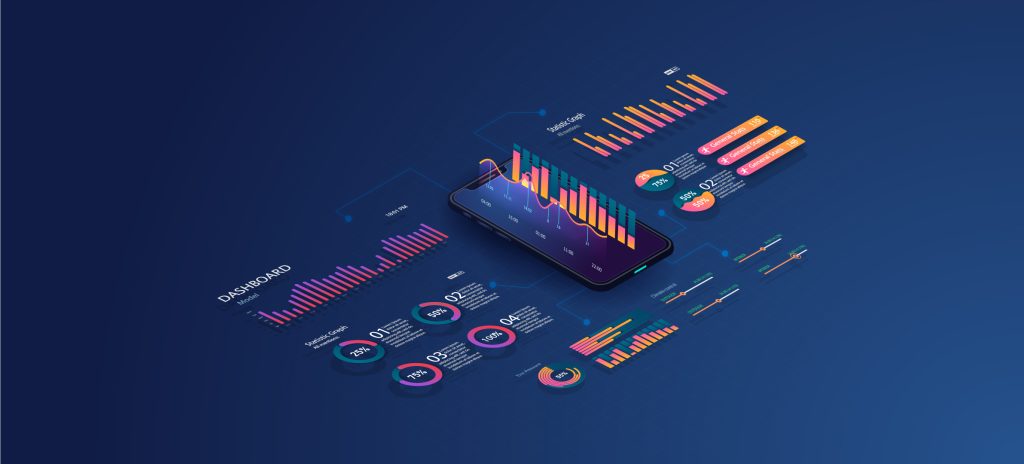As a marketer in a 2.0 world, it’s easy to take comfort in the assumption that your brand’s equity can be monitored by new media alone.
But considering that over 55% of the European population use Radio and TV as their main source of information for current events, failing to accurately monitor and analyse your radio and TV media can result in missed market insights.
So how do we strategically monitor broadcast media news?
1) Track
This goes without saying, but tracking is the first step. As an organisation, you need to know everything the public hears and sees about your brand names and products. But also, that of your competitors, and industry issues.
Fortunately, times have changed and we’re not only collecting press clippings. Media analysis has evolved to include automated ultra-advanced algorithms that can detect not only when your organisation is mentioned, but also when your logo appears (visual detection).
2) Use human intelligence
Automation is good, humans are better. With such advanced monitoring methods, you could find yourself buried in a pool of articles, with some relevant, some not. Make sure to have human intelligence review whether the information is indeed relevant to you and your industry or not.
3) Record sentiments
Neuro-marketing, also known as the study of consumers’ sensorimotor, cognitive, and affective response to brands, has demonstrated that consumers have a tendency to make unconscious brand associations in relation to the sentiment produced at the time the brand was mentioned.
In other words, if your brand is repeatedly mentioned in a negative context, even if the negative sentiment is not directly related to your brand, this could (sub-consciously) at the final call of purchase push a consumer to pick another product over yours.
Using this information in your engagement strategy can help re-direct consumers towards the sentiment you desire for your organisation or product.
4) Record positioning associations
Similar to sentiments, positioning associations relate to the relation consumer’s make between your brand and other brands (competitors or not), imageries but also socio-political factors.
To explain in vivid words, have you never seen the media use terms such as “the Easyjet of …” to describe a company operating on a low-cost positioning strategy? Have you also noticed certain brands and organisations continuously being mentioned in the press together despite no commercial partnership or resemblance in terms of offering, for e.g. Uber and Airbnb.
Regardless of the size of your organisation, associations can be found on local and national levels, giving you valuable information to be deployed in your overall marketing strategy, for e.g. for finding the right initiatives to sponsor or the right partners to collaborate with.
5) Analyse & convert
The final step is to analyse all the information you have collected and draw valuable market and industry insights that can help you build a strong engagement strategy.
Bottom line: Staying up to date on all the information your customers hear and see about your brand is essential in predicting and understanding how your organisation, brand or product is perceived. And this, in turn, will help create long-term engagement with your customers.
Want to start monitoring your brand’s broadcast coverage today?
Try the Auxipress Radio and TV monitoring service – The only provider to offer human intelligence screening and in-depth media intelligence.











